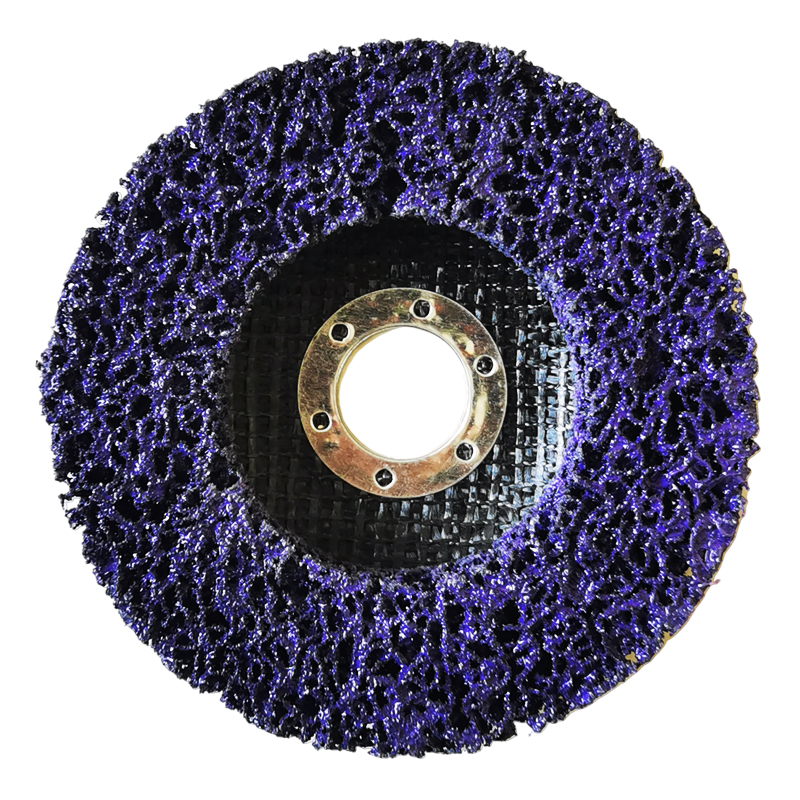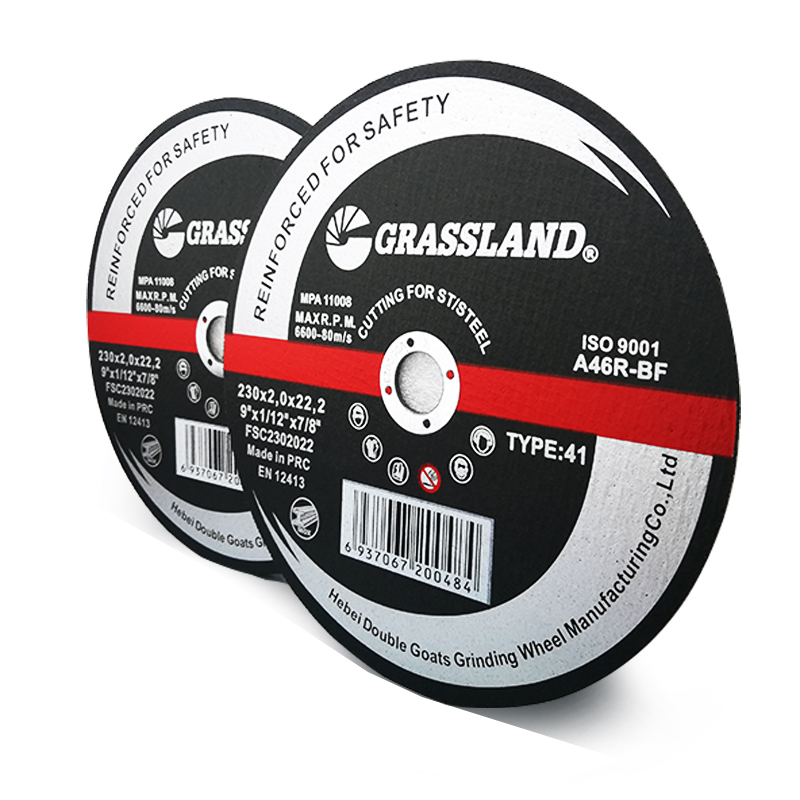Types of Cut Off Wheels An In-Depth Look
Cut off wheels are essential tools in various industries, employed mainly for cutting through materials such as metal, masonry, and plastic. Depending on the application and the type of material, different types of cut off wheels are used. Each type is tailored for specific tasks, ensuring efficiency and safety. This article explores the various types of cut off wheels, their materials, applications, and suitability for different tasks.
1. Aluminum Oxide Cut Off Wheels
Aluminum oxide wheels are among the most common types of cut off wheels. They are known for their versatility and durability, making them suitable for cutting ferrous metals like steel and iron. These wheels can also be utilized for non-ferrous materials. They consist of a hard, durable abrasive that withstands high temperatures and resist wear. Aluminum oxide cut off wheels come in various grit sizes, allowing users to select the appropriate grade for their specific cutting needs, from coarse for quick material removal to fine for smoother finishes.
2. Zirconia Cut Off Wheels
Zirconia cut off wheels are designed for heavy-duty applications. They feature a tough, high-performance abrasive that lasts longer than aluminum oxide wheels. Zirconia wheels are especially effective for cutting stainless steel and other hard materials. Their unique structure allows them to maintain their cutting effectiveness even under significant pressure, making them ideal for professional use in metalworking, fabrication, and construction industries.
Ceramic cut off wheels offer the highest performance among the various types of cut off wheels. They are engineered with a premium ceramic abrasive that provides rapid cutting speeds and extended service life. These wheels are particularly effective for high-performance applications where metal removal is critical, such as in manufacturing and heavy machining industries. Ceramic cut off wheels are suitable for cutting hard metals and alloys, providing excellent results in precision tasks.
types of cut off wheels

4. Diamond Cut Off Wheels
Diamond cut off wheels are specialized tools designed for cutting hard materials such as concrete, masonry, ceramics, and natural stone. They are embedded with diamond particles, making them extremely effective for tough applications. These wheels are often used in construction, landscaping, and renovation projects. Due to their long lifespan and ability to maintain edge sharpness, diamond cut off wheels are favored for wet and dry cutting applications. They ensure smooth and clean cuts, minimizing material chipping or breaking.
5. Resin Bond Cut Off Wheels
Resin bond cut off wheels are versatile and commonly used across various applications. Made from a resin-impregnated abrasive, these wheels provide a balance between performance and cost-effectiveness. They are suitable for cutting metal, plastic, and wood, making them a favorite among hobbyists and professionals alike. Resin bond wheels excel in low-pressure environments, offering good flexibility and reducing the chances of breakage during use. They are available in different thicknesses, catering to different cutting depths and styles.
6. Metal Cut Off Wheels
Metal cut off wheels are specifically designed for cutting through ferrous metals. They are constructed with an abrasive material that allows for efficient cutting while minimizing burring and heat generation. These wheels come in various thicknesses, with thinner ones often used for precision cuts in sheet metal applications. Metal cut off wheels are essential tools in metal fabrication and repair shops, providing clean cuts without the need for extensive finishing.
Conclusion
Understanding the different types of cut off wheels is vital for selecting the right tool for the job. Each wheel type has unique characteristics, making it suitable for specific materials and applications. Whether you are engaged in construction, metalworking, or DIY projects, choosing the appropriate cut off wheel can enhance efficiency, improve safety, and result in better-quality finishes. Always remember to consider factors such as the material you are cutting, the desired finish, and the specific cutting conditions to ensure the best results.
Post time:Dec - 04 - 2024

















